The Yorkshire Terrier, affectionately known as the Yorkie, is a breed celebrated for its luxurious, silky coat. Maintaining that signature glossy mane requires more than just occasional brushing—it demands a dedicated grooming routine tailored to their unique hair texture. Unlike many other breeds, Yorkies possess hair similar to human strands, which means it grows continuously and can become prone to tangling and matting if neglected. For owners committed to keeping their Yorkie’s coat in pristine condition, understanding the nuances of proper care is essential.
One of the most critical aspects of Yorkie coat care is regular brushing. Their fine, long hair can easily knot, especially around areas with friction, such as behind the ears or under the collar. Using a high-quality slicker brush or a fine-toothed comb helps prevent mats from forming. Gentle detangling sprays can also be a lifesaver, particularly for dogs with longer coats. Brushing should be done daily, not only to remove tangles but also to distribute natural oils throughout the coat, enhancing its shine and softness.
Bathing plays a pivotal role in maintaining a Yorkie’s coat, but overdoing it can strip away essential oils, leaving the hair dry and brittle. A mild, moisturizing shampoo designed for long-haired breeds is ideal, and it’s best to limit baths to once every two or three weeks unless the dog gets particularly dirty. After shampooing, a nourishing conditioner can help keep the hair manageable and reduce static. Always rinse thoroughly, as leftover product can cause irritation or weigh down the coat.
Drying a Yorkie’s hair properly is just as important as washing it. Towel-drying should be done gently to avoid breakage, followed by a low-heat blow dryer if necessary. High heat can damage the delicate strands, so keeping the dryer at a safe distance and using a heat protectant spray is advisable. Many owners opt to wrap their Yorkie in a soft microfiber towel to absorb excess moisture before proceeding with brushing or styling.
Trimming is another key element in Yorkie coat maintenance. While some owners prefer the classic long, flowing look, others opt for a shorter "puppy cut" to minimize upkeep. Either way, regular trims every six to eight weeks help prevent split ends and keep the coat looking neat. Pay special attention to the hair around the eyes, as overgrowth can lead to irritation or even vision problems. A professional groomer can ensure an even cut while shaping the coat to enhance the dog’s natural charm.
Diet and hydration significantly impact the health of a Yorkie’s coat. A balanced diet rich in omega-3 and omega-6 fatty acids promotes skin health and hair growth. Supplements like fish oil or flaxseed oil can be beneficial, but it’s always wise to consult a veterinarian before adding them to your pet’s regimen. Fresh water should always be available, as dehydration can lead to dry, lackluster fur.
Protecting the coat from environmental stressors is another consideration. Yorkies are often dressed in lightweight sweaters or coats during colder months to prevent their hair from becoming brittle due to dry indoor heat. In summer, UV protection sprays formulated for dogs can shield their coat from sun damage. Avoiding excessive exposure to chlorinated or saltwater is also recommended, as these can dehydrate the hair and cause discoloration.
Finally, consistency is the cornerstone of effective Yorkie coat care. Establishing a routine that includes brushing, bathing, trimming, and proper nutrition will ensure that your dog’s hair remains as soft and radiant as possible. While it may seem like a lot of work, the bond formed during grooming sessions and the pride in a well-maintained coat make the effort worthwhile. After all, a Yorkie’s glorious mane isn’t just a hallmark of the breed—it’s a testament to the love and care they receive from their owners.
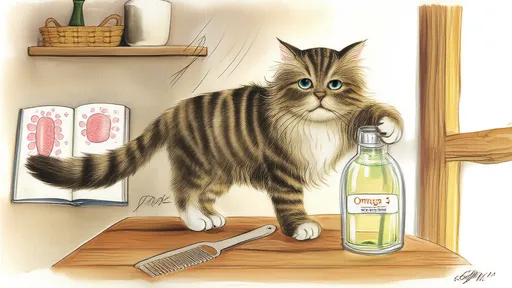
By /Jun 28, 2025
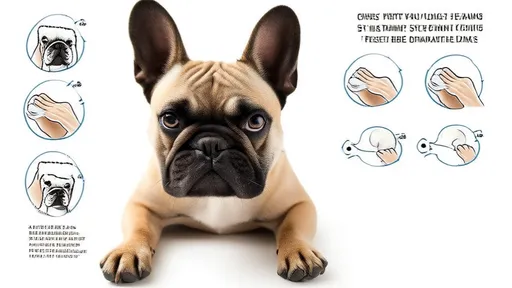
By /Jun 28, 2025
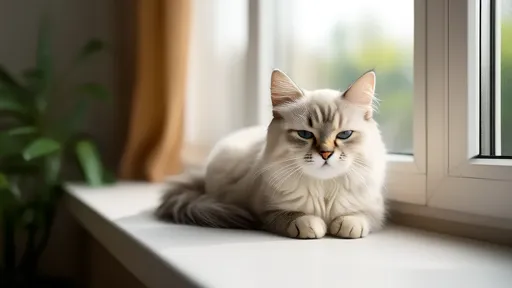
By /Jun 28, 2025
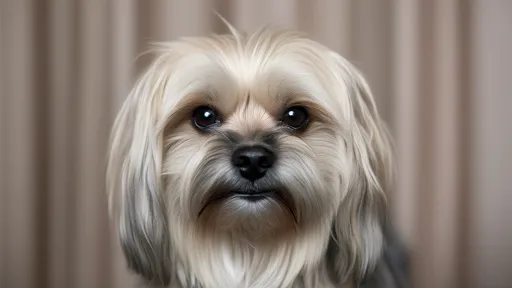
By /Jun 28, 2025
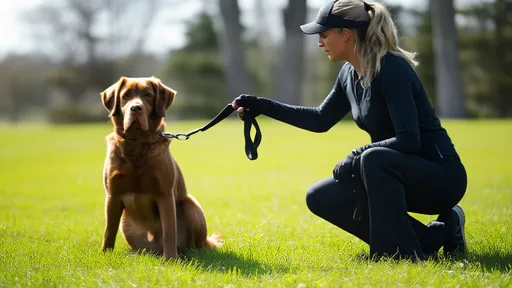
By /Jun 28, 2025
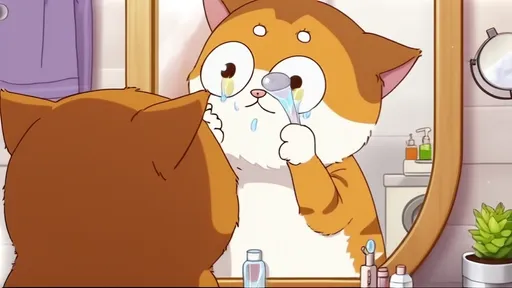
By /Jun 28, 2025
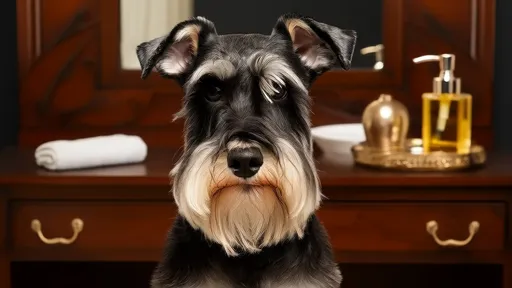
By /Jun 28, 2025
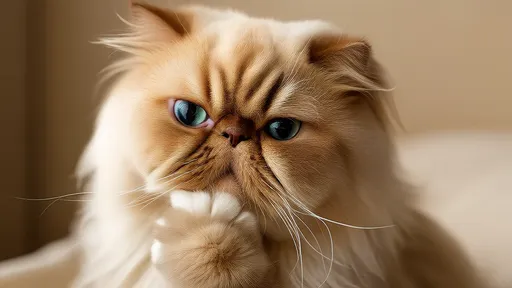
By /Jun 28, 2025
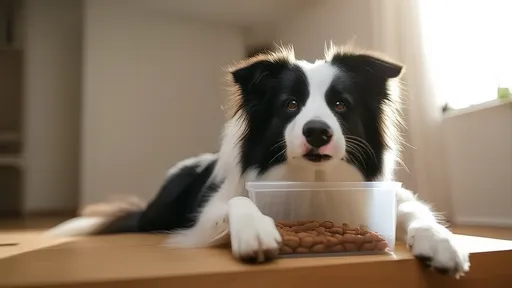
By /Jun 28, 2025

By /Jun 28, 2025
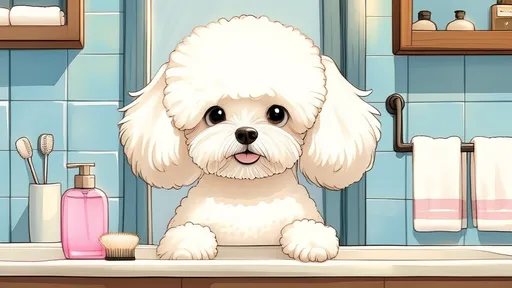
By /Jun 28, 2025
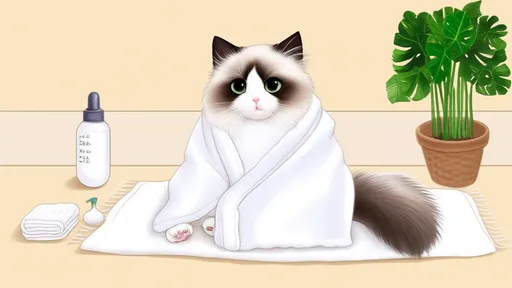
By /Jun 28, 2025
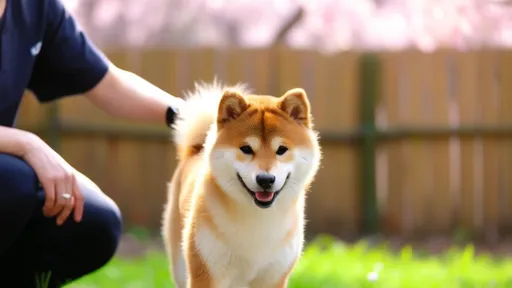
By /Jun 28, 2025
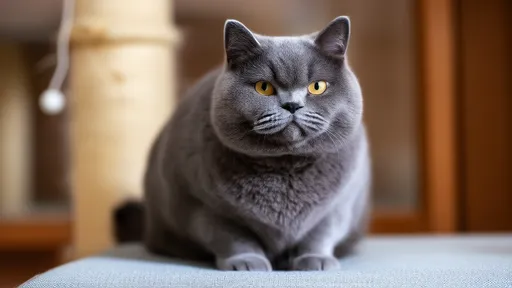
By /Jun 28, 2025
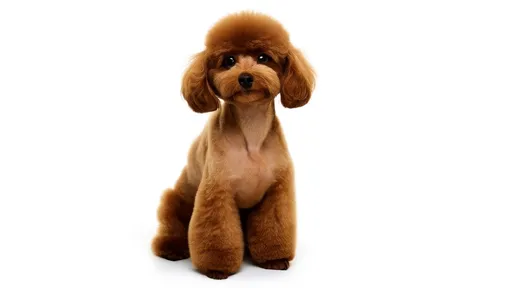
By /Jun 28, 2025
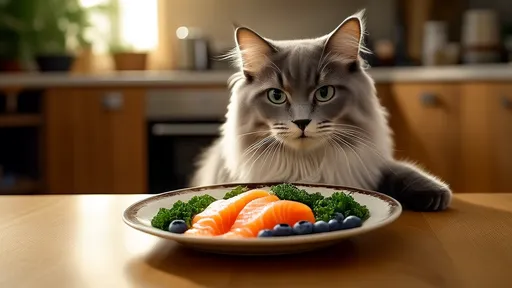
By /Jun 28, 2025
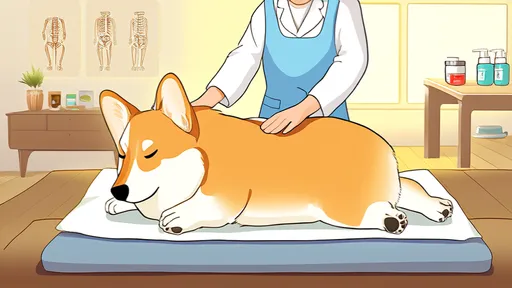
By /Jun 28, 2025
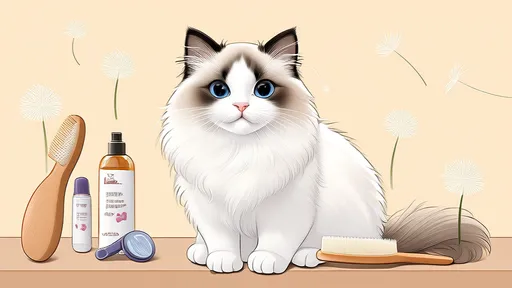
By /Jun 28, 2025